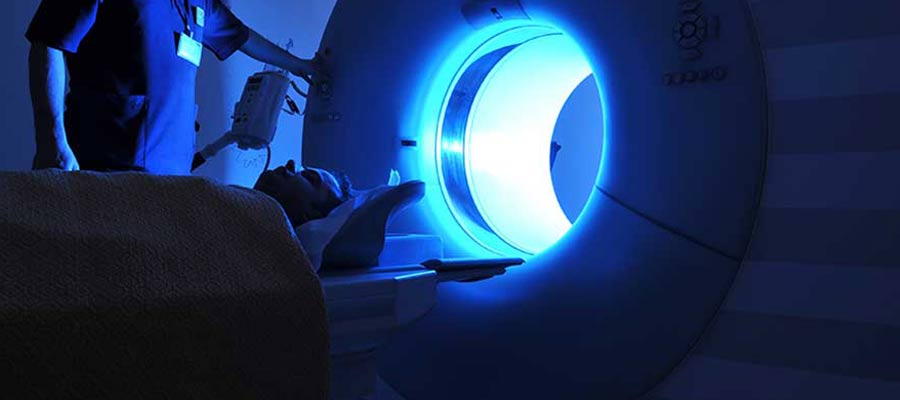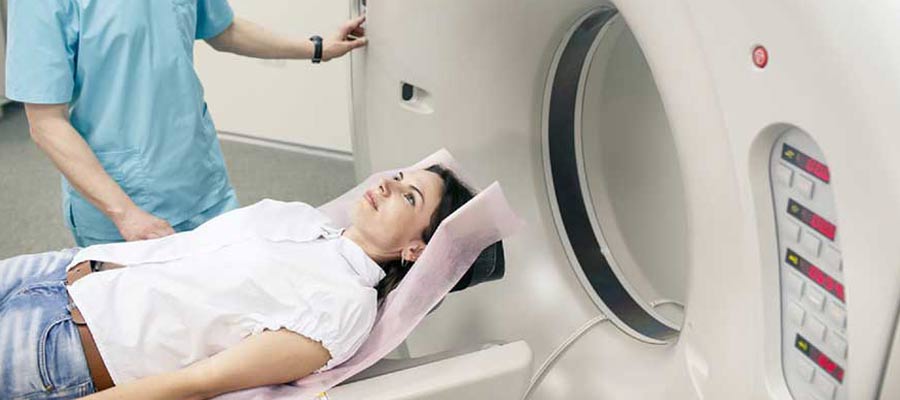Radiology Tech Programs in Buckeye AZ
If you‘re searching the internet to get more information about Radiology Tech Programs Buckeye AZ, you are at the right place. We are the #1 option for those seeking to become a CT Theologie. Our Online MRI, CT, and Mammography Structured Education courses is the quality of training employers are seeking for today…
MRI Training in Buckeye AZ
There are 100 reasons why individuals should consider a career in the healthcare industry. A huge myth about employment in the medical industry is the need to see blood. The truth is that less than five percent of individuals employed in the healthcare industry do this! Anybody searching for a high pay job in the healthcare industry and don’t want to deal with blood should consider becoming an CT technologist in Buckeye AZ. And when it comes to MRI training online in Buckeye AZ, Pulse Radiology Education is your best option, especially if you are looking for MRI courses in Buckeye AZ.! Nevertheless before you make the call there’re several things you need to take into consideration. Here is what you should know about picking MRI technologist for a career of choice.
MRI Tech School in Buckeye AZ
Are you contemplating choosing MRI technologist as a career? If you answered yes, then you will want to know how to become one, how much they get paid and where they work. Let’s quickly review those.
How To Become An MRI Technologist – Most techs study to earn an associate’s degree. The field of study is radiology or other related field. Following that, they advance their education for another 1-2 years, studying towards getting an MRI tech certification in Buckeye AZ prior to applying for positions as a Certified MRI Tech in Buckeye AZ. Most of the time, it can take up to three years to become qualified to function as an MRI technologist.
MRI Tech Salary in Buckeye AZ
Salary – One top benefit of having a career as an MRI technologist is the income. You have the opportunity to earn decent money. With that said, the average salary for an MRI tech is approximately $70,000 per year. Do bear in mind that exactly what a technologist will get paid depends upon various factors. This can include what facility they work in, the area they function in and the level of experience they have. The great thing is they are very popular and the earning potential is good.
Where Do They Work – MRI technologists in Buckeye AZ function in various settings, for example hospitals, labs, and doctor’s offices. In addition they are assigned to diagnostic imaging centers, as well as mobile radiology units. These are simply a few types of places where they work. Also, they can be found in many cities, towns, and regions across the nation. Most of the time, they are eligible to work in other countries also. Once you become an MRI tech, then you will possess an ability that will be in high demand, which allows you to grow the likelihood of acquiring a job.
In relation to chosing MRI technologist like a career, there is a variety of paths you are able to take. As you can tell, they get paid decent money. Additionally, they operate in various settings. So, remember that if you or your friends are looking for CT certification online in Buckeye AZ, take into consideration Pulse Radiology Education. Especially if you’re looking for MRI programs in Buckeye AZ. We provide a wide range of options for financial assistance and flexible courses. If you need more information, we ask that you call us or check out our Radiology education blog.



